
Sign in
Sign in to save favorite properties and equipment, save your search parameters and more
Don’t have an account yet? Sign Up Now
Sign up
Already have an account? Login Now


Sign in
Sign in to save favorite properties and equipment, save your search parameters and more
Don’t have an account yet? Sign Up Now
Sign up
Already have an account? Login Now
Learning how to mature your property to improve opportunities for deer hunting and migration is an important part of hunting land management – and enjoyment! With fall comes the promise of big bucks and a year of deer meat, so long as the deer have good reason to move through your property.
Here are some things to consider when priming your land for long-term success and an improved environment that allows big game to thrive on your hunting property. Before you begin making ad hoc changes to your land, draw up a strategic plan that establishes the locations and co-existence of each of the elements below:
While deer feeders and salt licks seem like an easy and enticing way to encourage deer onto your property, they’re not a long-term solution and add no value to your land’s ecology or forest health. It’s much better to integrate natural forage into your forest for a consistent nutrient source. A great initial step is to thin your trees, removing sick, weak or otherwise undesirable ones. This benefits in two ways – it opens up small corridors through stands of trees that allow deer to wander through with more ease and it lets sun rays reach the forest floor, contributing to the growth of deer favorites such as grape, honeysuckle, blackberry and others.
You can also add food plots throughout, making sure to locate them in or near cover such as wooded areas and swamps. It’s also important to adhere to the 60:20:20 rule – 60% cool-season perennials; 20% cool-season annuals; and 20% warm-season annuals and grasses. Seed mixes are available; you’ll just want to be consistent with weed management, mowing and fertilization as necessary.
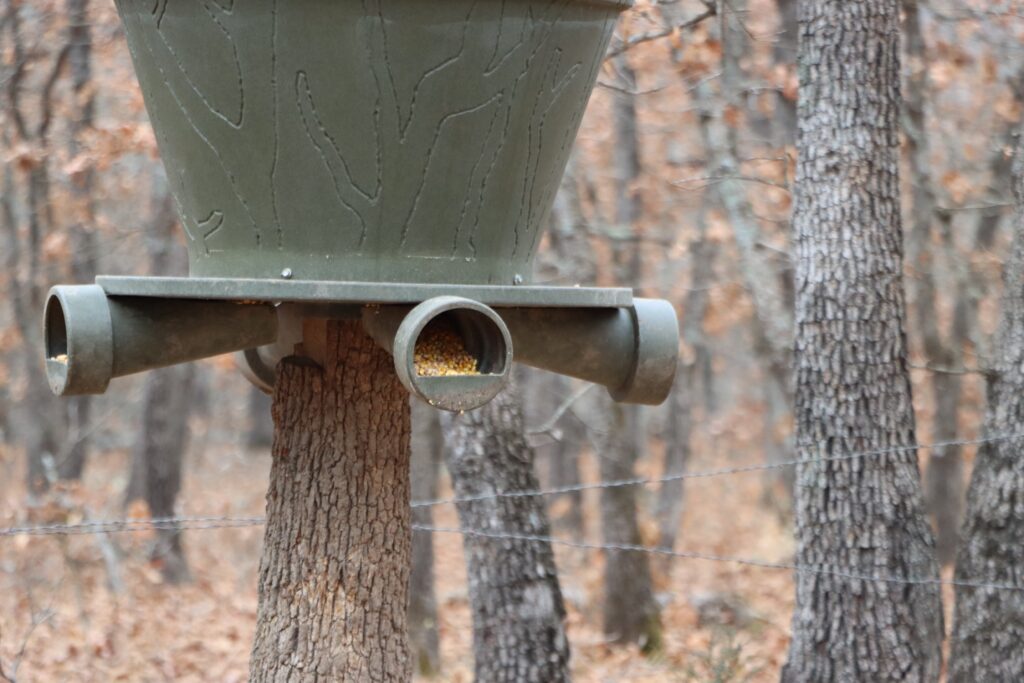
Of course, water is as important as plenty of food. If you need to establish a water source or sources on your property, you can build a small water hole, add a stock tank, kids pool or other rain collection vessel, or create a small dam or watering hole in a river or stream. Again, make sure these water sources are maintained and near a place that offers cover.
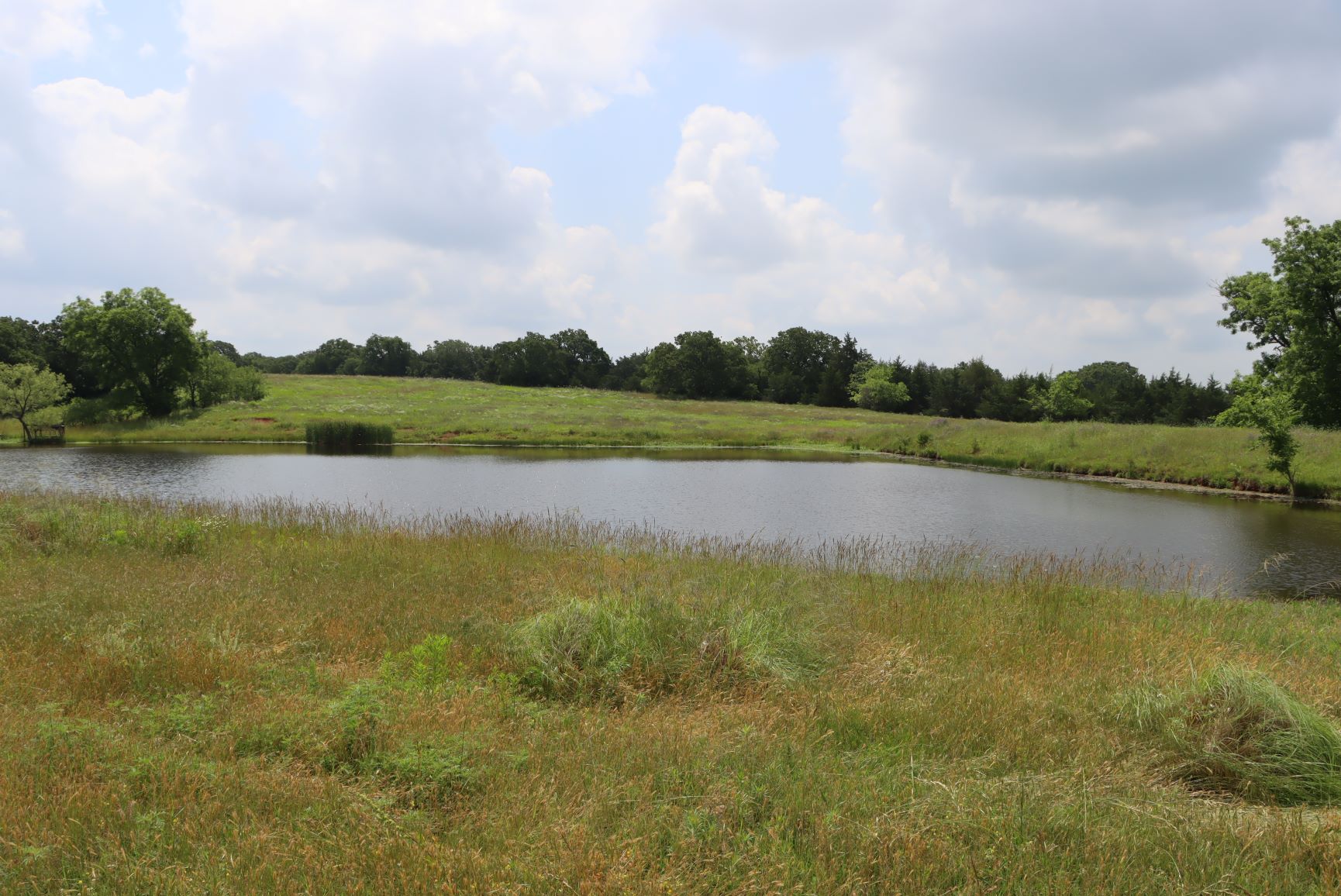
While good food and water might invite bucks through your land, keeping them there requires efficient cover. A good rule of thumb is “bed high, move low” meaning bucks like to bed higher on the property and then move through lower trees to feed and chase does. Forest management practices, like the ones mentioned above, will largely contribute to creating safe, healthy areas of cover for bucks. If you want to establish additional coverage on the property, find a spot away from any human activity – then cut down select small trees and limbs, hinge-cutting some, to help manage the overgrowth. You can also use these trimmings to create a fort-like area for additional ground coverage.
Natural pathways such as brushy hollows, open strips and ditches offer bucks a “safe zone” to move between their bedding areas and feed fields. If these don’t occur naturally on your land, it’s easy to create them. They don’t have to be highways – 25 to 50 feet is more than sufficient. Apply the same thinning and bed-making rules to establish linear paths and trails throughout the property, naturally winding them between bedding, doe and feeding zones. Additionally, be considerate of the wind patterns that are consistent on your property before designating your planned corridors.
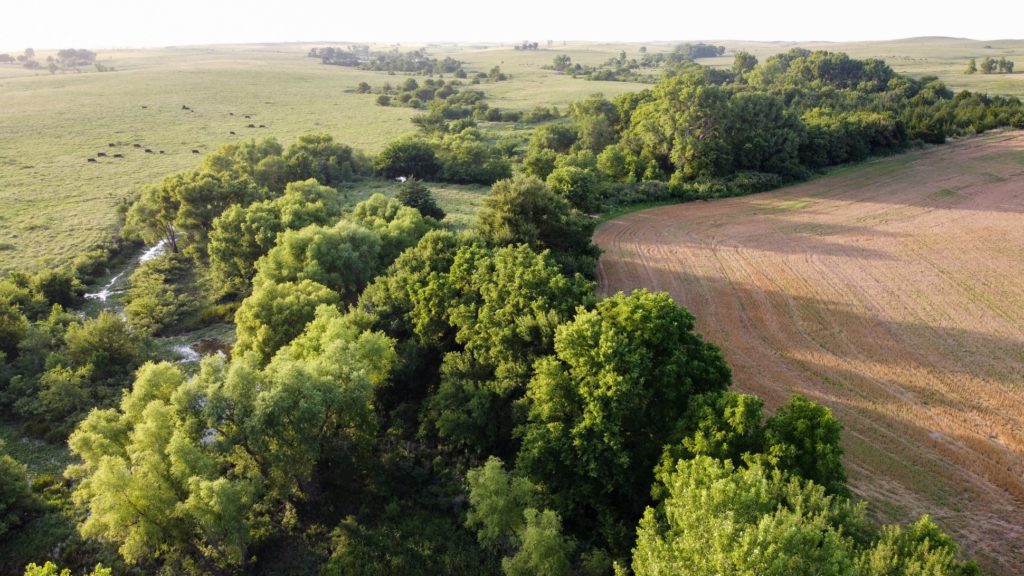
If your property is subject to early-season freezes and large snowfalls, it’s important to plan for winter deer habitat. Diversifying your forest with endemic trees that shield from harsh winter weather, such as cedar, pine, spruce and hemlock, is important. Since deer change their behavior to survive the winter – they are typically less active to save energy, so you should account for this by including more shelter on the property.
Consider staging friendly transition zones between travel corridors, fields and food plots. A brushy edge along a field or food plot is ideal. If this doesn’t occur naturally on your land, plant shrubs in these areas and combine with felled trees from other forest thinning activity. Create a 15- to 20-foot buffer zone of bushes along the field’s edge.
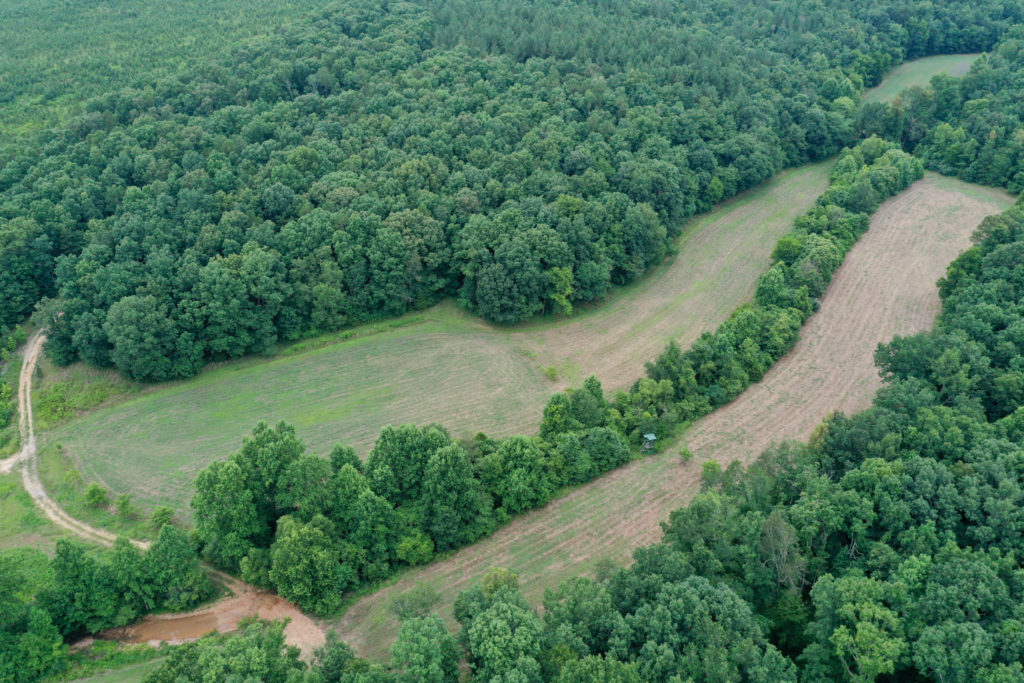
It’s important to keep stand approach trails unobstructed. Remove sticks, logs and other noise-making elements and trim back brush that might absorb smell so you can reach your stand silently without detection. Also trim back branches that might get in the way of shooting lanes to increase your shot opportunities. Additionally, you can create small piles of cut trees and branches that prevent the deer from seeing you as you near your stand.
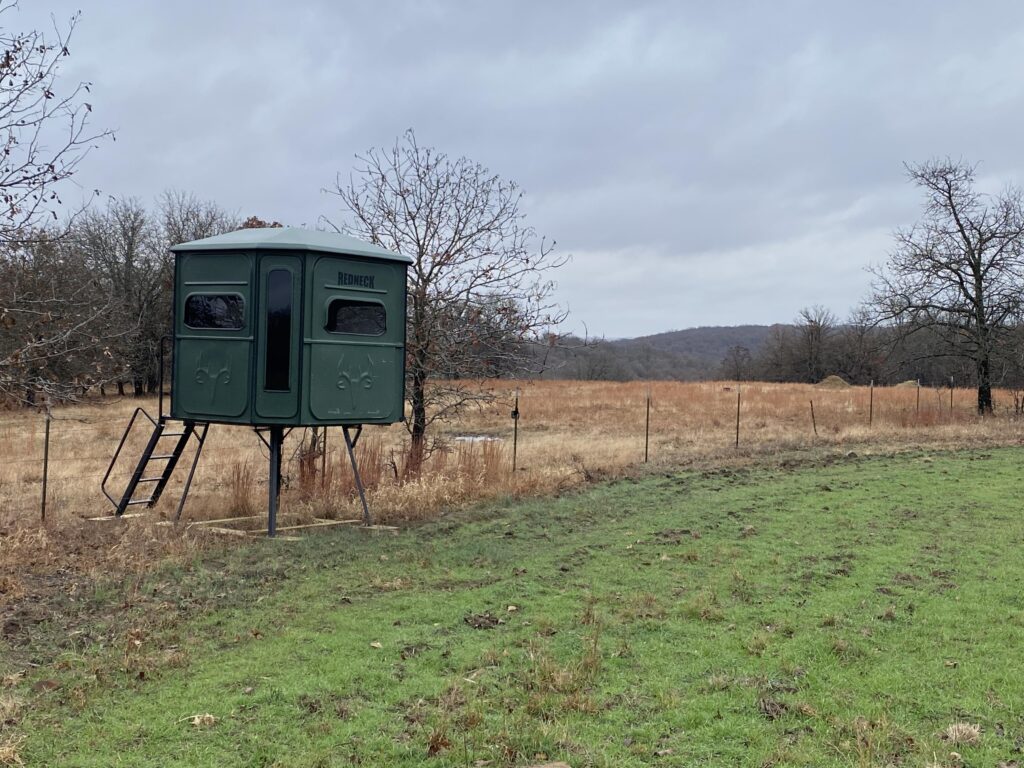
For additional insight into finding and maintaining the perfect deer hunting paradise, reach out to the agents at Hayden Outdoors. Our expert team offers extensive experience in ranch management and large-acre hunting real estate sales, connecting you with a hunting property that will serve generations to come.